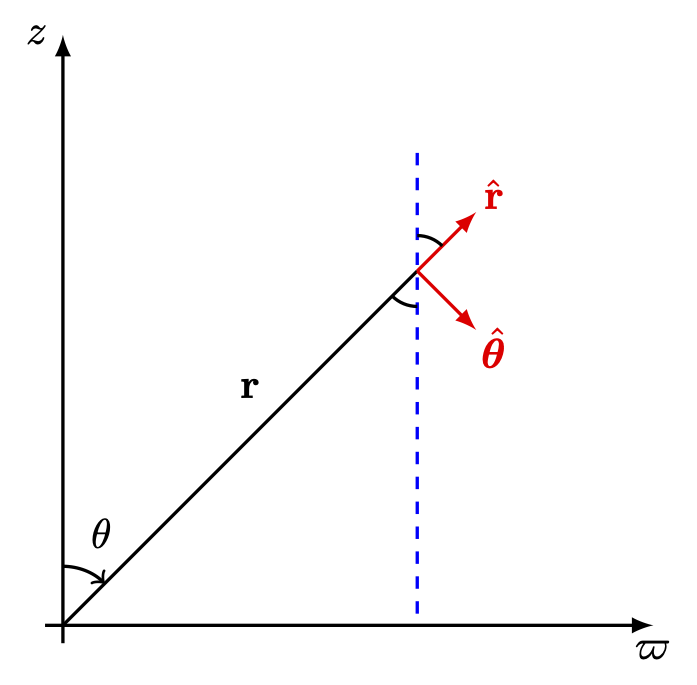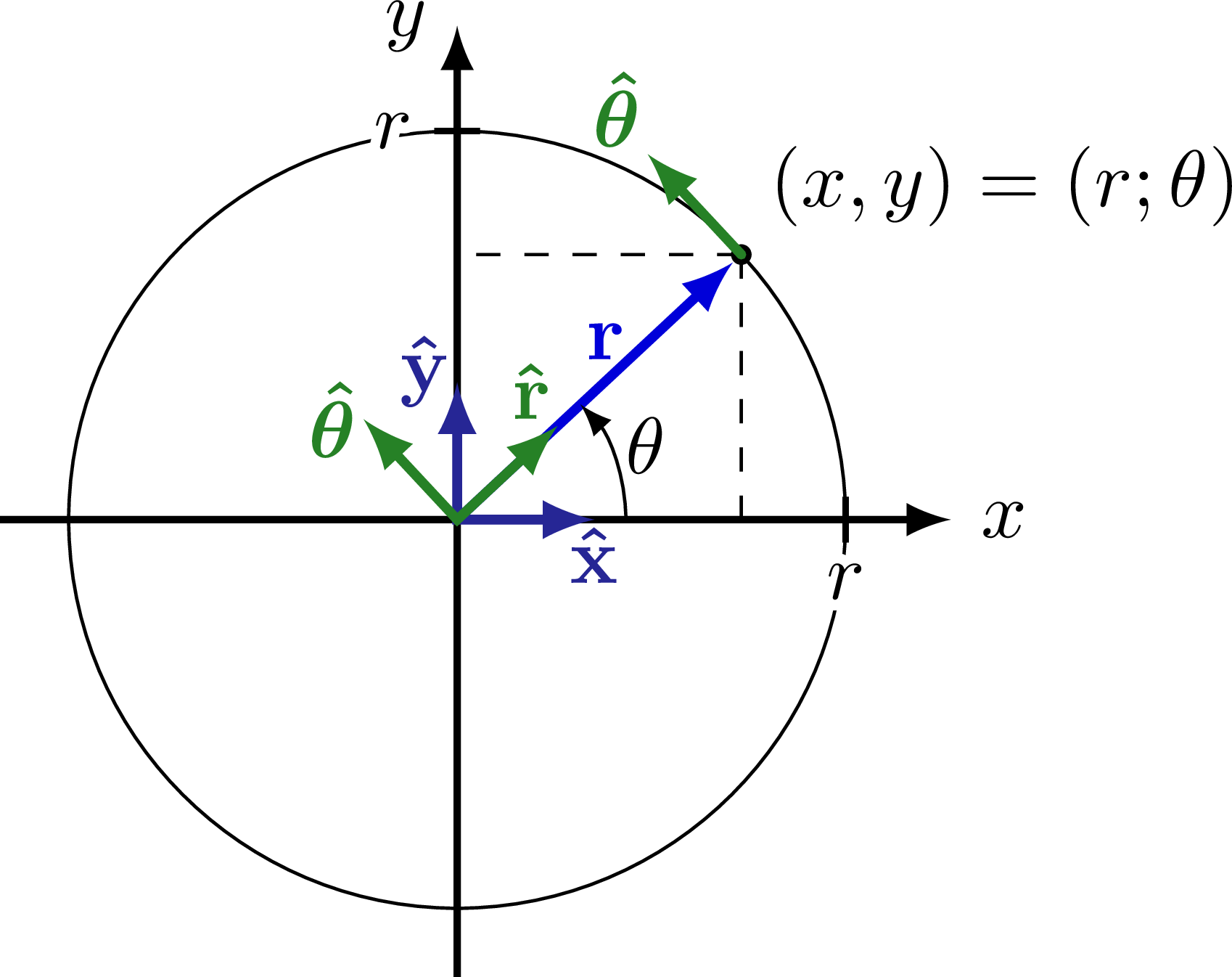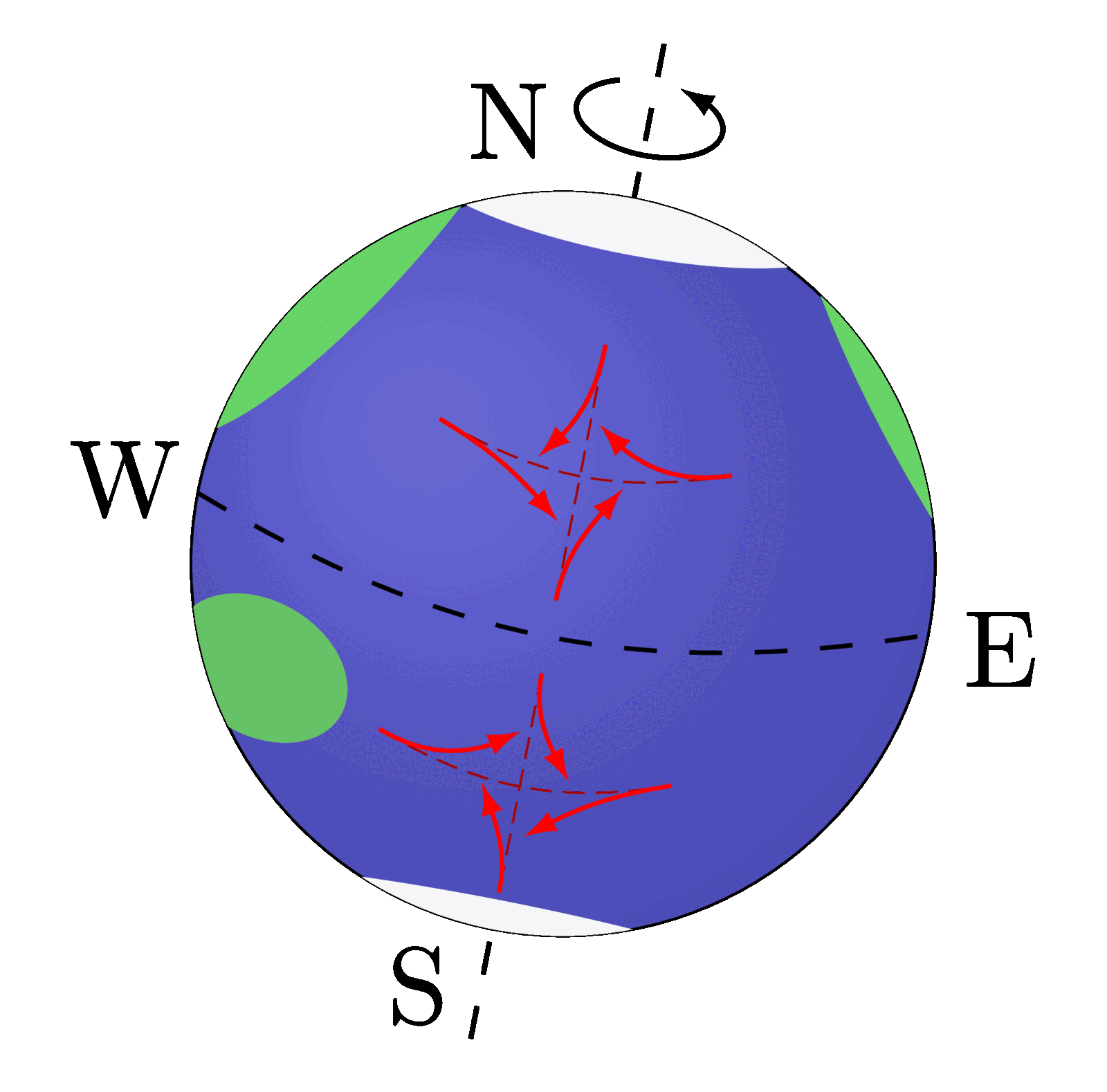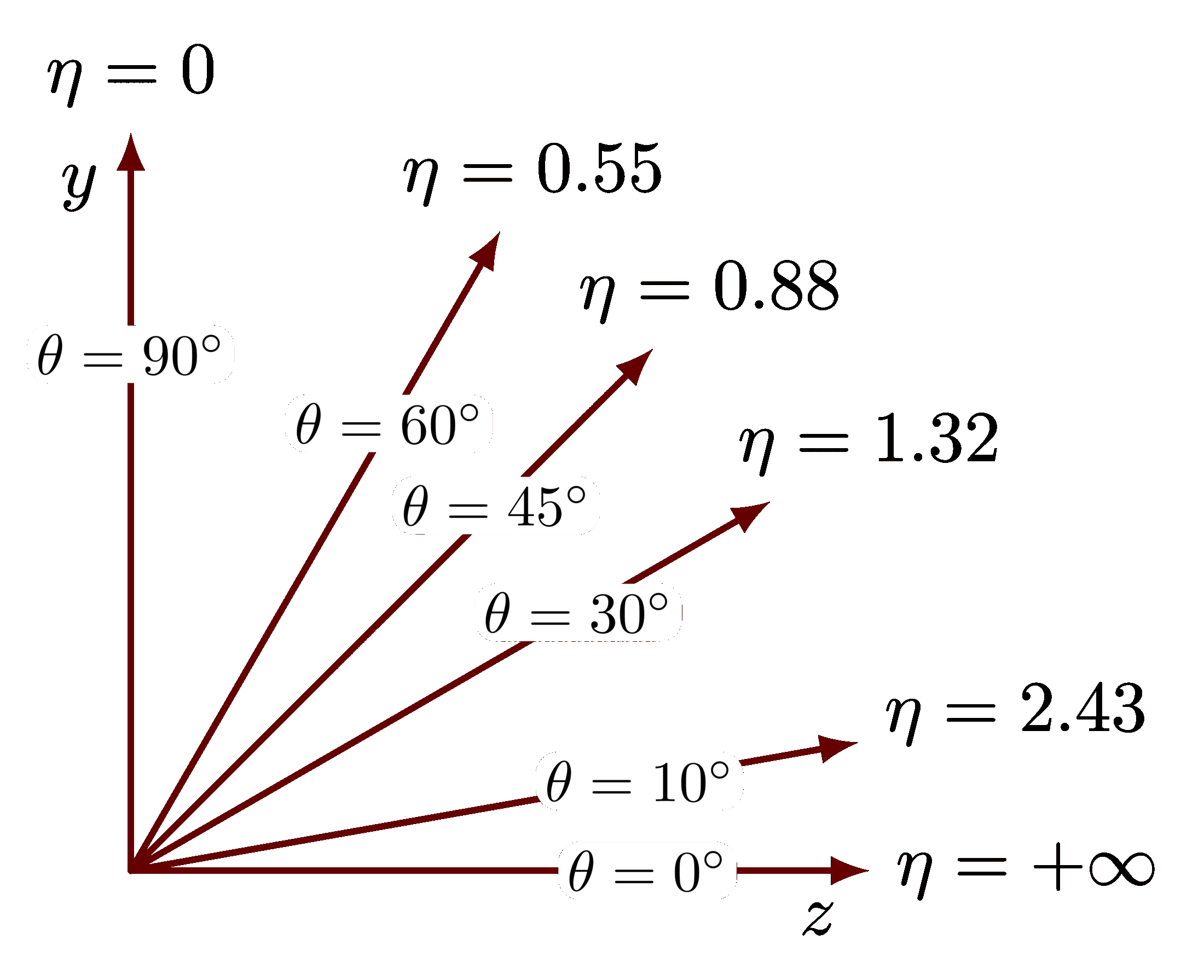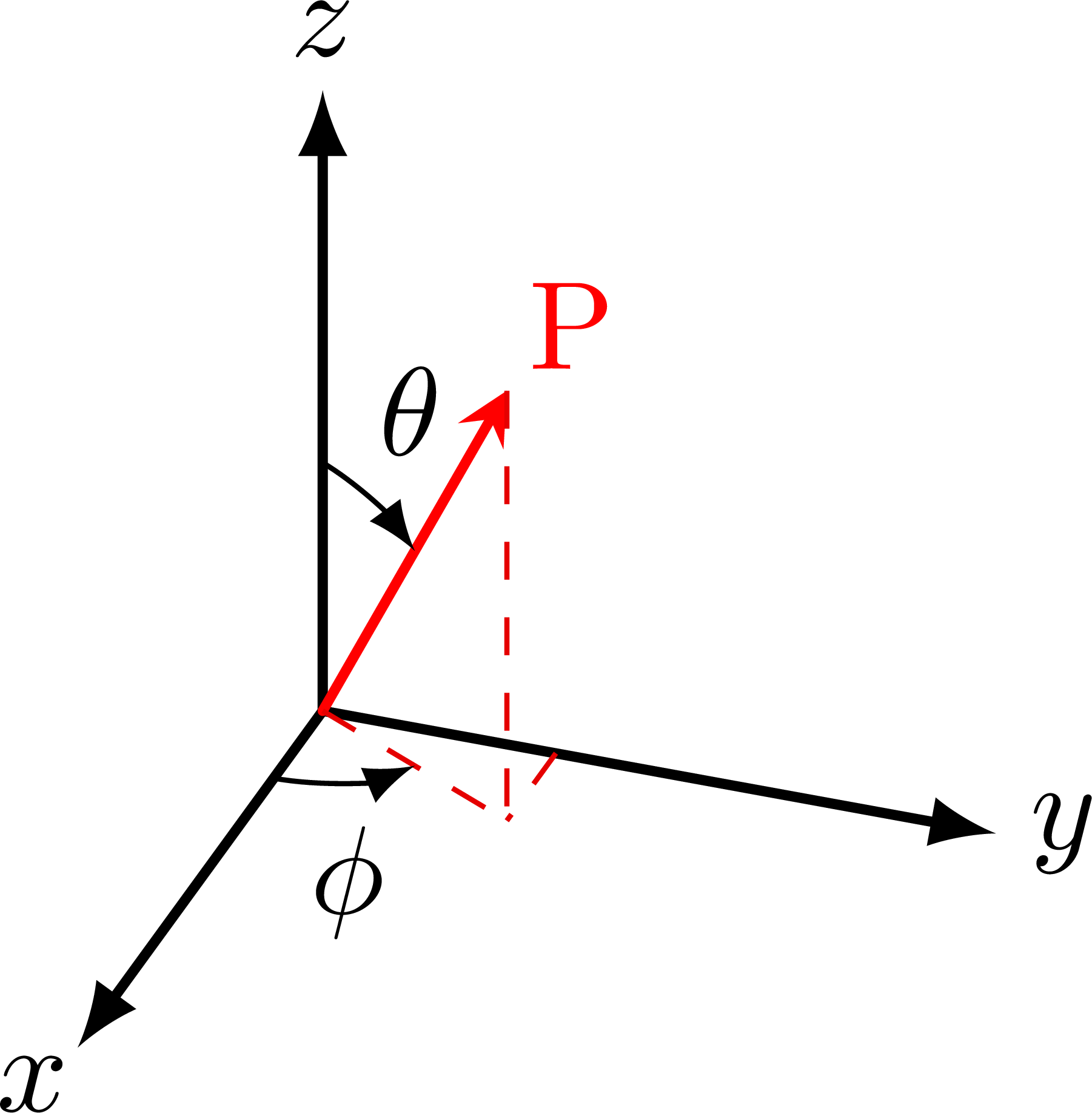For more figures related to the definition of coordinate systems, please have a look at the “coordinates” tag.
Edit and compile if you like:
\documentclass[border=3pt]{standalone}
%Drawing
\usepackage{tikz}
%Tikz Library
\usetikzlibrary{angles, quotes, intersections}
%Notation
\usepackage{physics}
\usepackage{bm}
%Styles
\tikzset{univec/.style={thick, red, -latex}}
\begin{document}
\begin{tikzpicture}
% %Grid
% \draw[thin, dotted] (0,0) grid (8,8);
% \foreach \i in {1,...,8}
% {
% \node at (\i,-2ex) {\i};
% }
% \foreach \i in {1,...,8}
% {
% \node at (-2ex,\i) {\i};
% }
% \node at (-2ex,-2ex) {0};
%Coordinates
\coordinate (A) at (3,3);
\coordinate (B) at (3,4);
\coordinate (C) at (3,0);
\coordinate (O) at (0,0);
\coordinate (D) at (0,5);
\coordinate (A') at (3.5,3.5);
%Axis
\draw[thick,-latex] (-1ex,0) -- (5,0) node [below] {$\varpi$};
\draw[thick,-latex] (0,-1ex) -- (0,5) node [left] {$z$};
%Vectors
\draw[thick] (O) -- (A) node [pos=0.6, above left] {$\vb{r}$};
%Unit Vectors
\draw[univec] (A) -- (3.5,3.5) node [pos=1.3] {$\vu{r}$};
\draw[univec] (A) -- (3.5,2.5) node [pos=1.3] {$\vu*{\theta}$};
%Help Lines
\draw[thick, dashed, blue] (B) -- (C);
%Angles
\pic[draw, <-, thick, "$\theta$", angle eccentricity=1.7] {angle = A--O--D};
\pic[draw, thick, angle radius=0.3cm] {angle = A'--A--B};
\pic[draw, thick, angle radius=0.3cm] {angle = O--A--C};
\end{tikzpicture}
\end{document}
Click to download: spherical_2.tex
Open in Overleaf: spherical_2.tex
This file is available on GitHub.
See more on the author page of Alexandros Tsagkaropolulos.


